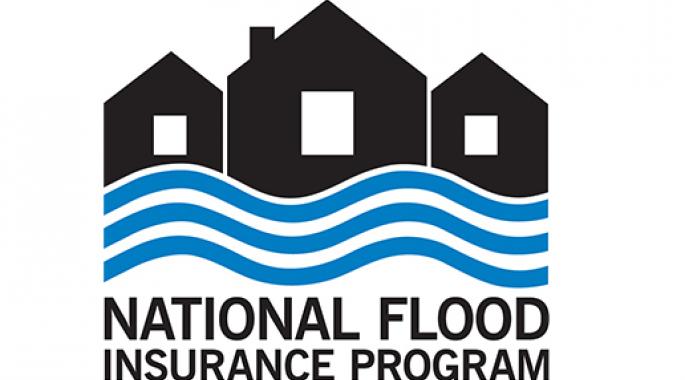The U.S. Federal Emergency Management Agency (FEMA) has estimated that Hurricane Ian could drive National Flood Insurance Program (NFIP) losses of between $3.5 billion to $5.3 billion, including loss adjustment expenses, which at the mid-point would trigger its reinsurance protection.
 FEMA has reported that the NFIP has now received 44,000 claims from Hurricane Ian and has paid almost $437 million to policyholders. As of October 4th, the NFIP had received more than 25,000 claims, with FEMA saying at the time that it had provided $3.5 million in advance payments to policyholders.
FEMA has reported that the NFIP has now received 44,000 claims from Hurricane Ian and has paid almost $437 million to policyholders. As of October 4th, the NFIP had received more than 25,000 claims, with FEMA saying at the time that it had provided $3.5 million in advance payments to policyholders.
The losses include flood insurance claims from five states, with the majority of these coming from the State of Florida, where Ian made landfall as a strong Category 4 storm.
At the lower end of FEMA’s initial loss estimate for the NFIP, its reinsurance protection would not trigger as this is set at $4 billion or more to trigger a percentage of recovery payments. However, if losses do come in above the $4 billion mark, then the NFIP will be able to collect under its 2022 reinsurance programme.
For 2022, FEMA secured $1.064 billion of flood reinsurance protection for the NFIP.
Secured at the January 1st, 2022, reinsurance renewals, the NFIP reinsurance tower is structured to cover 4.163% of losses between $4 billion and $6 billion; 26.565% of losses between $6 billion and $8 billion; and 22.453% of losses between $8 billion and $10 billion.
FEMA also has three capital markets placements (catastrophe bonds) in-force, the riskiest of which attaching at $5.32 billion of losses, with the others sitting higher up the tower.
“To collect the maximum reinsurance amount, the NFIP would need to incur at least $10 billion in flood insurance claims losses,” says FEMA.
Together, FEMA currently holds $2.49 billion of reinsurance protection for fiscal year 2022 across traditional reinsurance and catastrophe bonds.
FEMA explains that if a covered flood event results in NFIP claim payouts that equal or exceed an agreed upon amount, then reinsurers agree to pay a certain percentage.
“The NFIP reinsurance program helps FEMA manage the future exposure of the NFIP through the transfer of risk to private reinsurance companies and capital market investors. By securing reinsurance at a fair and reasonable cost, FEMA has an additional method to fund payment of flood claims after catastrophic flood events,” explains FEMA.
FEMA stresses that although Hurricane Ian is a significant flood insurance event that could trigger its reinsurance protection, it will take several weeks to determine if the NFIP is able to make any recoveries.


